Imagine a world where every body isn’t just accepted, but celebrated—that’s the power curvy models are flexing right now. Not long ago, the runway practically had a height and waistline police at the door. You want proof? Ten years back, Vogue ran a feature called “The Dawn of Plus-Size” and had to ask readers if they found curvy models ‘inspirational or controversial.’ That’s wild when you think about how things are shifting in 2025. Now, you can scroll Instagram or check a billboard in Times Square and see women rocking sizes 12, 16, and 22, basking in that camera flash. So why is the world finally waking up to the fact that beauty isn’t tied to a number on a jeans tag?
The Rise of Curvy Models: Breaking the Mold
There’s no delicate way to say it—the fashion industry used to have a serious problem with anything but stick-thin. Early nineties runways? No room for curves. You’d never spot a size 16 model gracing a high fashion campaign. But things started shaking up when brands realized real people come in all shapes and they wanted to see themselves in those catalogs and magazines. Lane Bryant kicked open the doors in 2016 with their “I’m No Angel” campaign, featuring models like Ashley Graham. She didn’t just squeeze into that space; she owned it, landing the cover of Sports Illustrated’s Swimsuit Issue. That was a first in the magazine’s 52-year history.
Today, Ashley Graham is more than just a model—she’s a body positivity advocate, TEDx speaker, and designer. But she’s not alone. Iskra Lawrence became a social media icon and launched the #EveryBODYWithIskra campaign, which has over 300,000 Instagram uses. Precious Lee stunned in Versace’s spring collection, proving luxury isn’t just for sample-size bodies. Let’s not forget Paloma Elsesser, who’s now walking for Fendi and starring in Pat McGrath beauty ads. The list goes on and the impact ripples wider with every new gig these women land.
There’s more than just hype behind all this. A 2023 survey by the Council of Fashion Designers of America (CFDA) found that outfits in sizes 14 and up made up almost 38% of the US women’s market spending. Brands pay attention to dollars, and it’s crystal clear—the audience has always existed, no matter how much gatekeeping happened in the past. Smart designers (think Christian Siriano and Chromat) now build size-inclusive collections from scratch, not as an afterthought. Here’s a table to show the impact:
| Year | Major Plus-Size Milestone | Brands Involved |
|---|---|---|
| 2016 | First plus-size model on SI Swimsuit cover | Sports Illustrated, Lane Bryant |
| 2017 | Curvy models on NYFW runways | Christian Siriano, Chromat |
| 2021 | Vogue features all plus-size cover lineup | Vogue, Paloma Elsesser, Precious Lee |
| 2023 | 38% US women’s fashion market is size 14+ | CFDA Report, Industry-wide |
That’s a full-on revolution. The message is unmistakable—shoppers and fans want more than variety, they want authenticity. Curvy models aren’t a trend; they’re the new normal.
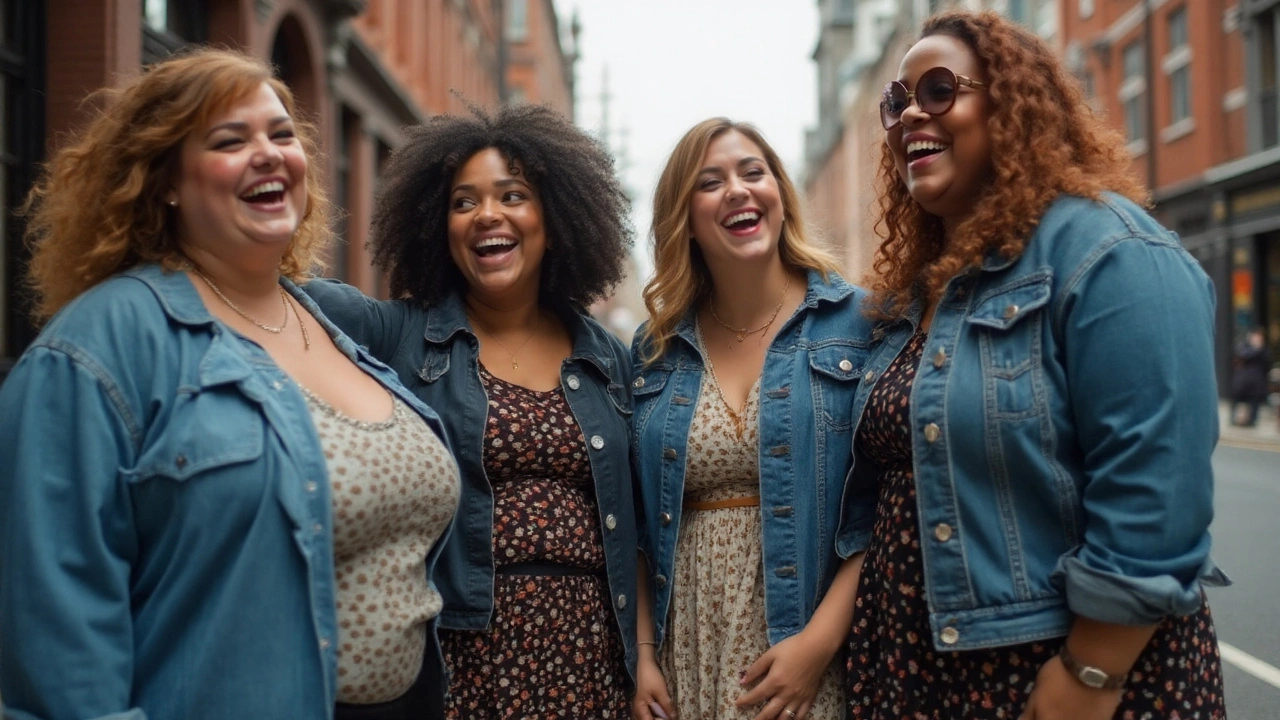
Beauty Without Boundaries: Why Size Diversity Matters
There’s something powerful about walking into a store or scrolling through an online shop and actually recognizing bodies that look like your own. It’s more than just marketing—it’s representation that hits home. Studies back this up, too. The Dove Global Beauty and Confidence Report (2022) revealed that seven out of ten women feel more seen and confident when brands use diverse-sized models. That kind of validation isn’t just good for self-esteem; it’s business gold. Brands like Aerie, with their #AerieREAL campaign, have doubled their digital engagement since ditching retouching and featuring women of all sizes.
Curvy models are actively smashing the age-old myth that being bigger means being unhealthy or less active. Model Hunter McGrady, for example, regularly shares her fitness routines, showing flexibility, endurance, and strength—sometimes more than her thinner colleagues. This forces the conversation beyond just looks and into real lifestyle, which helps everyone feel a bit prouder in their own skin.
But let’s talk about confidence. When you see someone your shape slaying a campaign for Calvin Klein or front row at fashion week, it gives permission. Suddenly, short shorts or bodycon dresses shift from things you’re “not supposed” to wear, to styles you might actually want to try. I’ve had friends who never dreamed of wearing a swimsuit at a public beach finally do just that, inspired straight from seeing Ashley Graham or Tabria Majors owning their bodies online.
If you’re interested in stepping into the spotlight, here’s what works: focus on what makes you unique. Agencies love confidence and personality just as much as a killer walk or photogenic face. Want in on real talk from curvy modeling insiders? They say:
- Never apologize for your shape. The best campaigns are about authenticity, not shrinking yourself down in photos or personality.
- Build a strong digital presence—Instagram, TikTok, Twitter—these platforms are scouting hot-spots. Tag your photos with campaigns and brands you love.
- Invest in a diverse portfolio. Agencies want to see versatility—editorial, runway, lifestyle. Don’t stick to one vibe.
- Don’t get hung up on rejection. For every closed door, there’s a casting director looking for fresh faces. Gigi Robinson went on twenty-five auditions before landing her first curvy modeling contract.
Representation is changing mindsets, too. According to a 2024 Nielsen report, 59% of Gen Z shoppers say they’re more likely to trust and buy from brands that showcase plus-size ambassadors. Gen Z doesn’t mess around—they know a staged campaign a mile away. Real sells, and real changes how people feel about themselves.
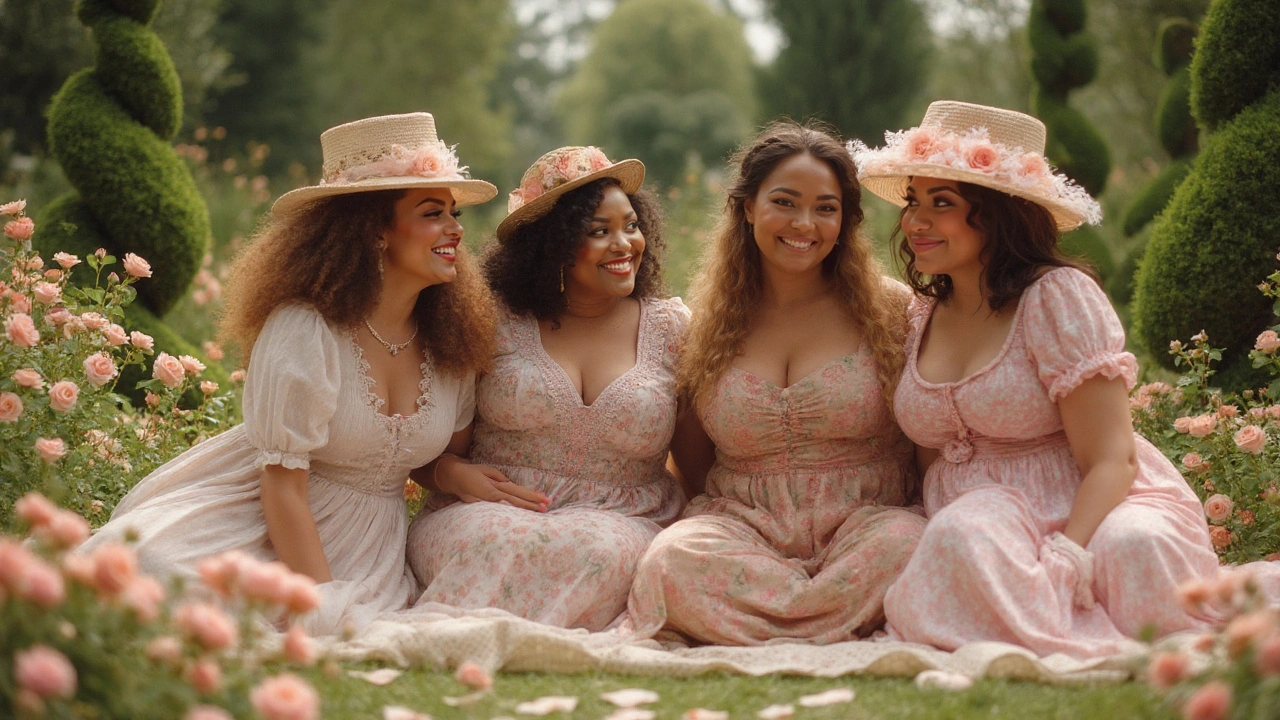
Behind the Scenes: Tips for Aspiring Curvy Models and Industry Insiders
The modeling world is competitive—it doesn’t matter what shape you are. For curvy models, there’s this extra pressure to not just look amazing, but to stand up for body positivity and push back against old-school expectations. There’s no handbook for how to do all this, but some real-life tips can help. First, owning your truth is key. Storytelling is gold: if you have a journey, share it with the world. Model Khrystyana Kazakova, a finalist on America’s Next Top Model, often speaks about battling body dysmorphia and her journey toward self-love. Viewers connect with honesty, and so do brands.
Networking is another game changer. Attending casting calls and open days—especially with size-inclusive agencies like IMG, Natural Models LA, or JAG Models—gets you seen. Reaching out on social platforms and commenting on agency posts also makes a big difference. Don’t knock DM-ing scouts with your look; that’s how Jazzmyne Robbins broke through at BuzzFeed and landed commercial gigs.
Keep your portfolio fresh. Update shots every few months to reflect new trends and your evolving style. Show fitness routines, mood shots, video reels, and, if you’re daring, some ‘no-makeup’ shots. Agencies love to see range and the ability to go glam or casual. If you feel nervous about professional photoshoots, practice posing at home—use natural light, experiment with angles, and get comfortable in front of your phone camera. You might be surprised how confidence grows from just seeing yourself in different lights.
Get clued up on legal stuff too. Familiarize yourself with contract basics—exclusivity clauses, payment triggers, and image rights. Always ask about retouching policies. In 2023, France introduced a law requiring agencies to declare when photos have been digitally altered, and many brands are following suit. That means curvy models can show stretch marks, cellulite, and rolls without fearing their ‘realness’ will be edited away. The result? More authentic campaigns that inspire actual change.
For insiders—agents, stylists, casting directors—the world’s changed. Expanding representation can be as simple as advocating for size diversity in castings, breaking old sample-size limitations, and prioritizing model comfort. Stylists must learn to tailor for different body shapes and keep racks stocked with real-world sizes. Photographers get incredible results by focusing on movement and joy, not just static beauty poses.
If you’re intimidated or unsure where to start, follow curvy icons on social media. Join Facebook groups like “Plus Model Mag Community” or workshops offered by theCurve Academy online. This virtual sisterhood is powerful for sharing advice, casting calls, and even venting about industry challenges.
The fashion industry now knows that beauty comes in every silhouette, and every curve tells a story. All it takes is for someone—maybe you—to own their spot in the spotlight, knowing you’re standing on the shoulders of those who broke the mold and proved, once and for all, that beauty never did have a size limit. Curvy models are showing the world that rules have changed, and the new age is all about celebrating what makes us real, powerful, and fearless. If there’s a secret to their success, it’s believing—and helping everyone else believe—that curvy models belong at the center of the fashion universe, with seats saved for whoever dares to show up as their boldest self.
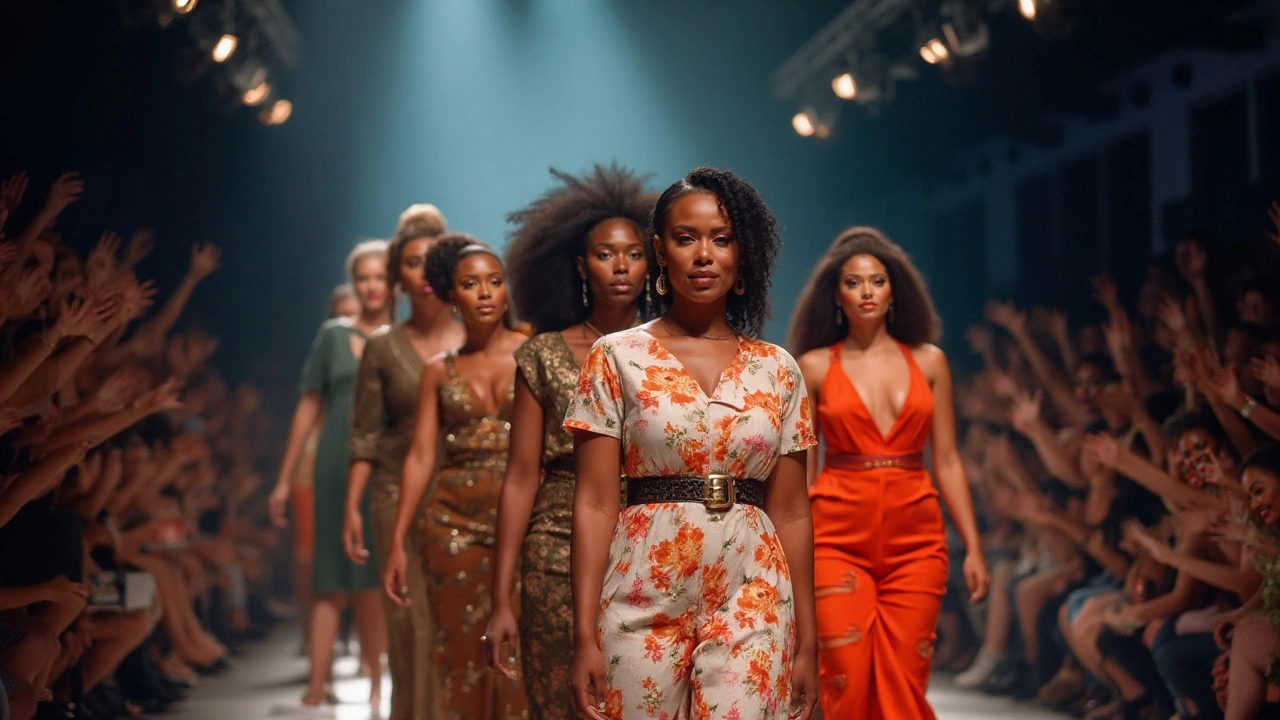
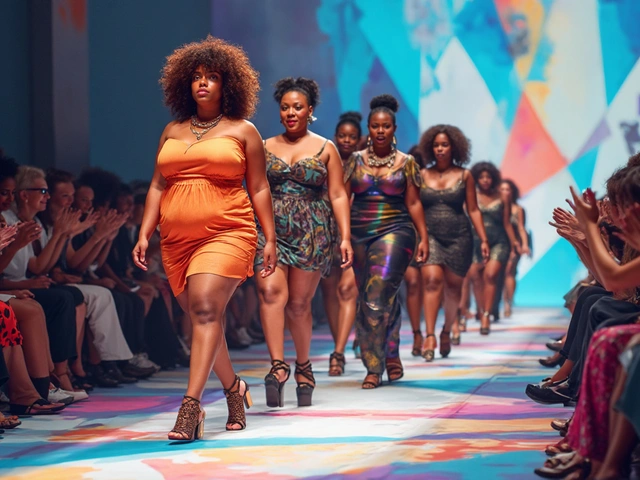
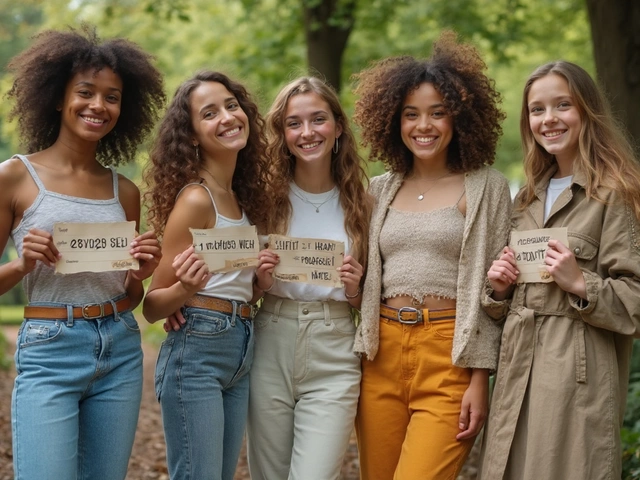
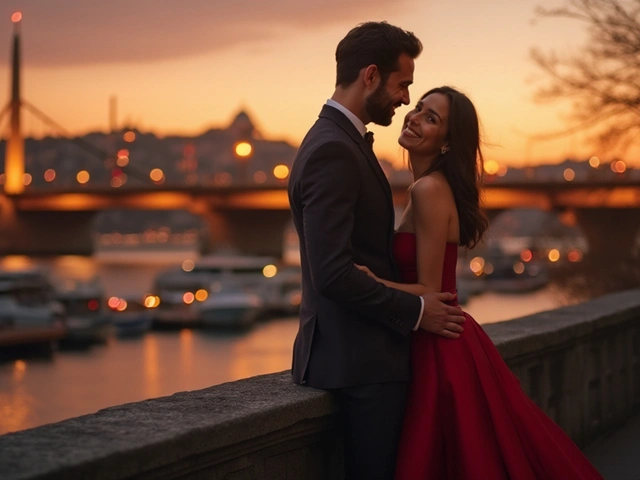
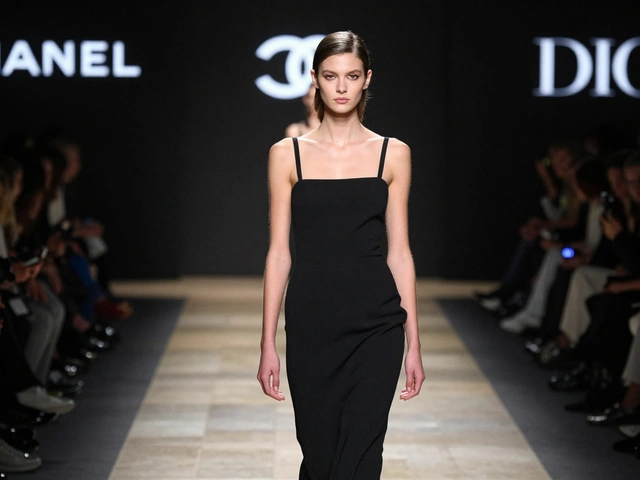
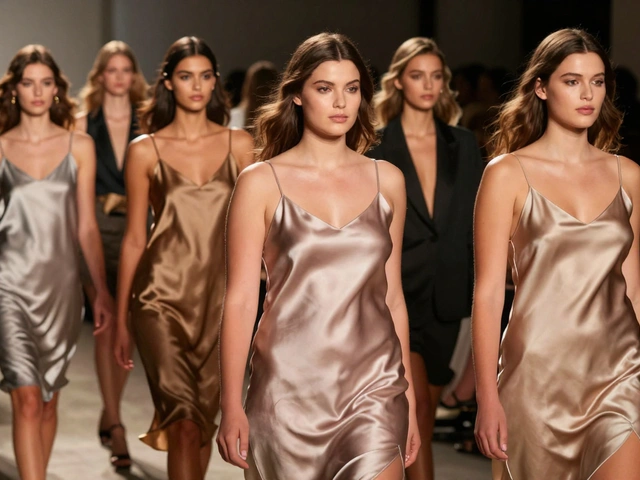
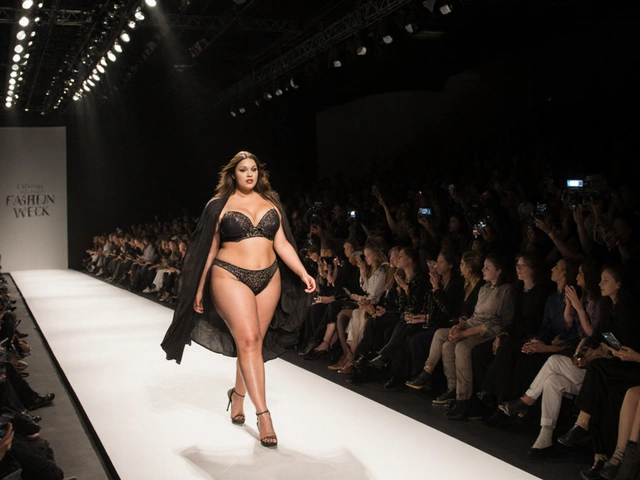
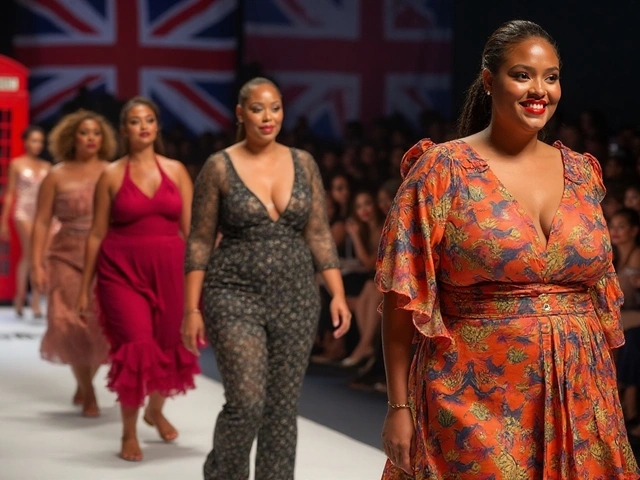
August 6, 2025 AT 14:32
Sunny Kumar
Okay... hear me out, right!? It's a great thing to see some REAL change in the modeling industry, but like, does anyone else feel like this whole 'curvy model revolution' is almost becoming a trend instead of genuine inclusivity?? I mean, sure, props to these models for breaking stereotypes, but why were they ignored for SO LONG?!!
It kinda makes me suspicious about the intentions behind this shift. Is it really to celebrate all body types or just a marketing stunt to get more clicks and sales??? This industry has been so rigid for decades, why only now is this change happening? Something's gotta give, ya know!!!
Still, I won't deny that it's empowering to see diverse bodies thriving on such big platforms. Gotta appreciate the courage it took to shake things up!! But don't forget, true change means ditching all unrealistic beauty standards, not just adding a few exceptions!!
Anyway, rant over. Just feels like we need to be a little more critical about these shifts instead of blindly applauding everything. Because real equality means more than just filling quotas, right??
August 7, 2025 AT 22:53
Nishi Thakur
Love this topic so much! It's about time the modeling industry caught up with reality. Real beauty isn't about one size or one shape; it's about confidence, strength, and owning who you are. Curvy models are showing the world that beauty comes in a kaleidoscope of forms.
This isn’t just about looks — it’s about representation. Young people seeing themselves reflected in media helps build self-esteem and combats harmful stereotypes. It's a powerful message that everyone deserves to feel seen and valued.
Plus, diversity in modeling encourages designers to create more inclusive and comfortable clothing, which is a win for everyone. Change is never easy in any industry, but this momentum feels authentic and inspiring.
Props to the models and agencies pushing for this evolution. It’s a reminder that progress might be slow, but it’s absolutely worth it!
August 9, 2025 AT 02:40
Adam Williams
Absolutely loving the positive vibes this post sends! 😊 It’s refreshing to see the modeling world embracing more inclusive beauty standards. For too long, the industry painted a very narrow picture of what’s attractive, but thankfully that’s changing now.
I think this shift not only empowers models of all sizes but also encourages people everywhere to embrace their unique beauty. When you see diversity on runways, magazines, and ads, it normalizes the idea that there’s no single way to look amazing.
Honestly, curvy models who are confident and bold are paving the way for those who might've felt excluded or insecure before. And that’s worth celebrating! It’s a reminder that confidence is what truly captivates people.
Keep the momentum going! More inclusivity = more beauty in the world 🌍
August 10, 2025 AT 06:26
MARICON BURTON
Oh, please. If the modeling industry was serious about embracing all body types, we’d see this change reflected consistently — not just in occasional campaigns or token hires. This is just another PR stunt dressed up as progress.
They’re tossing curvy models into the spotlight only when it’s trendy and sells. But the harsh truths about unhealthy beauty standards and unrealistic expectations? Still very much alive behind the scenes.
Don’t be fooled by the sugarcoating here. The industry thrives on exploiting insecurities, and this 'embracing all body types' thing has been overhyped without tackling systemic problems.
So yeah, sure, let’s clap for the curvy models when convenient. But true change requires more than just surface-level diversity. Until then? It’s all just a facade.
August 12, 2025 AT 14:00
Mark Ghobril
Hey all, I get both sides here. The skepticism is real, sure, but I think the heart of this shift lies in genuine progress more than just marketing.
The courage of these curvy models to assert their place in an industry known for rigid norms cannot be overstated. It’s a tough battle, and each new face reshaping what beauty means chips away at outdated ideals.
And as a fan of inclusive spaces, I believe seeing diversity in modeling can inspire self-love and acceptance for many outsiders who felt marginalized.
That said, there’s still lots to do. The road toward full inclusivity is long and winding, but this momentum sparks hope. We should celebrate the wins while pushing for sustained change.
August 13, 2025 AT 17:46
Annah Hill
Look, if you ask me, this whole 'curvy models are redefining beauty' is kinda ironic. I mean, hasn’t 'curvy' always been around? Suddenly it’s a revolution just because it’s getting some buzz?
The truth is some brands only jump on this bandwagon when it suits them — for sales or image boosts. It's less about real change and more about pleasing social media clout chasers.
And let's not pretend the fashion world suddenly cares about all body types. The reality is complicated and many still face discrimination.
If you want change, then it needs to be consistent, not some fleeting moment to look woke. Until then, I’ll keep my eye on what’s real and what’s performative.
August 16, 2025 AT 01:20
Asher Luptak
It's fascinating to ponder how the concept of beauty evolves culturally and socially. The inclusion of curvy models can be viewed through a philosophical lens as a dismantling of hegemonic aesthetics that have dominated for decades.
By expanding representation, there's a subtle yet profound shift in power dynamics related to body image, identity, and societal norms. This is not merely cosmetic but symbolic of deeper social reconfiguration.
However, one must remain cautious of superficial co-optation by commercial forces that might dilute this movement’s authenticity for profit motives.
In any case, celebrating multiplicity in bodily expressions fosters a more humane and inclusive understanding of beauty. It’s an encouraging sign of progress but requires critical vigilance to maintain integrity.
August 19, 2025 AT 12:40
Tracy Riley
I honestly find it quite enlightening how the modeling industry is attempting to diversify the notion of beauty. Although some might put it down as a marketing ploy, I see it more as a genuine attempt to challenge antiquated ideologies.
Beauty has always been a socially constructed idea, heavily influenced by cultural and historical factors. It only makes sense that we should redefine it from time to time as societies evolve.
The emphasis on curvy models helps us broaden what is accepted and admired in our culture, which is a step towards greater inclusivity and empathy.
Nonetheless, it’s crucial to remember that this evolution should not stagnate. We must continue to support models of all backgrounds and body types to truly revolutionize the industry.
August 24, 2025 AT 03:46
Franklin onah
Hmm, while I get the enthusiasm, I wonder if this focus on curvy models overshadows other body diversity aspects, like disability, or ethnicity-related body diversity. Are we looking at a more comprehensive inclusion or just another niche angle?
Sometimes it feels like celebrating one aspect without the others can cause new exclusivities. The industry could strive for inclusivity that embraces multiple dimensions, not just size.
This might also shift societal perspectives on what body diversity really should mean.
September 4, 2025 AT 17:33
Fletcher Sacré
Man, the drama over this topic never ceases to amaze me. But hey, I’m all for celebrating curvy models smashing stereotypes. They're bringing a much-needed wave of freshness into an industry that often feels stale and exclusionary.
But the truth is, the industry still has many dark corners where toxic standards live on. So let’s not pretend this is a perfect revolution just yet.
Still, every small victory counts. Seeing these models out there owning their beauty and confidence is inspiring. It plants seeds of change, even if the full tree hasn't grown yet.
So keep pushing, keep questioning, and let's hope the industry continues to learn — not just cash in.